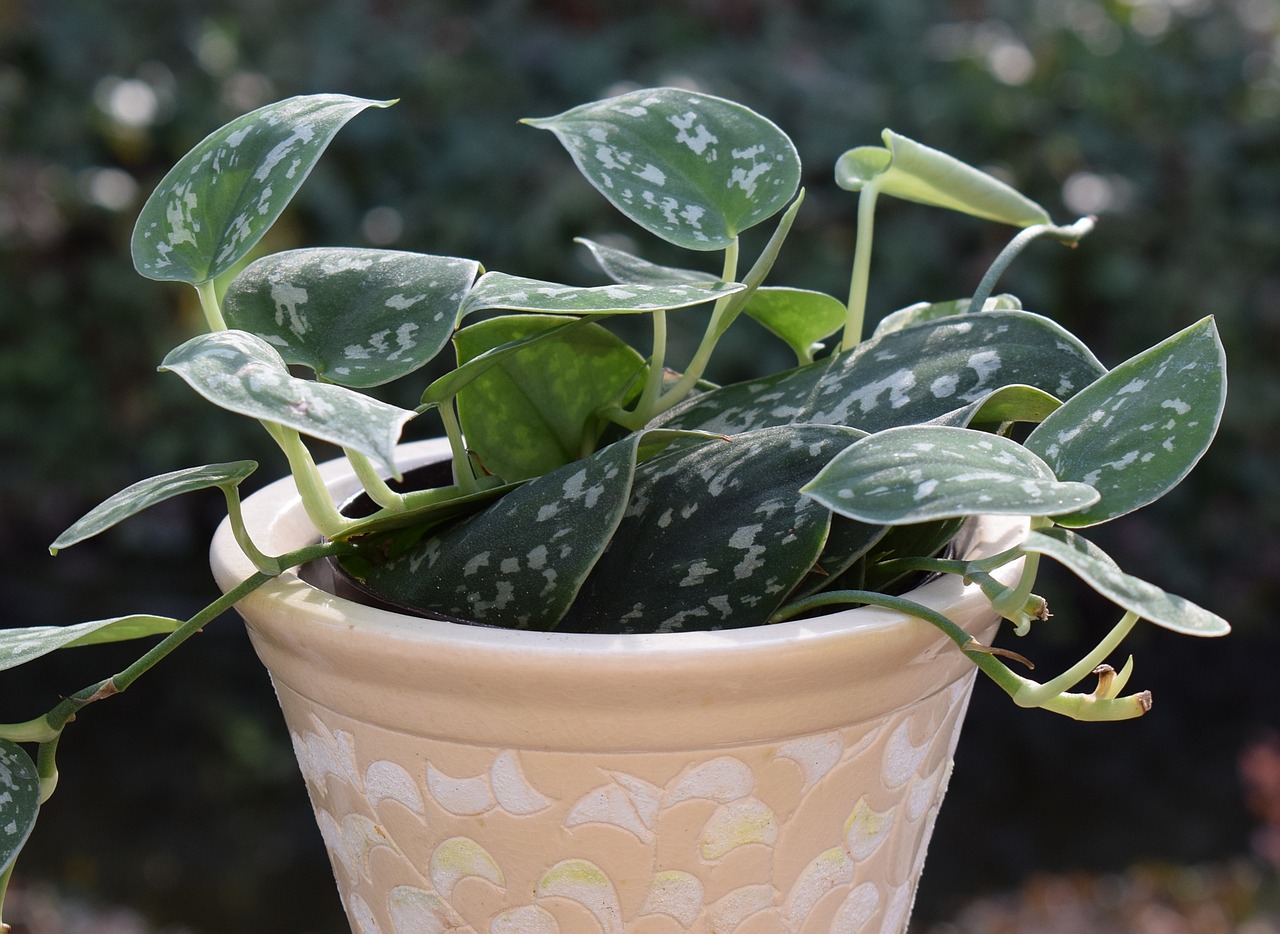
Living in a sun-challenged apartment doesn’t have to mean a life devoid of vibrant greenery. Forget the south-facing window myth! The plant world offers a surprising bounty of botanical beauties that thrive in low-light conditions. These aren’t your wilting violets (though, those can thrive in lower light too!). Here’s your guide to 15 stunning low-light houseplants, ready to bring a touch of nature’s serenity into even the shadiest nooks of your home.
Living Art: Low-Light Leafy Delights
- Snake Plant (Sansevieria): This architectural wonder, with its upright, sword-like leaves, is a superstar of low-light tolerance. Nearly indestructible, it requires minimal watering and thrives on neglect, making it perfect for busy plant parents.
- ZZ Plant (Zamioculcas zamiifolia): This glossy wonder boasts thick, dark green leaves that add a touch of sophisticated elegance to any space. It requires infrequent watering and tolerates low light beautifully.
- Chinese Evergreen (Aglaonema): Available in a variety of stunning foliage patterns, the Chinese Evergreen offers a pop of color and texture. It prefers consistently moist soil, but low light levels won’t faze this adaptable beauty.
- Cast Iron Plant (Aspidistra elatior): True to its name, the Cast Iron Plant is a survivor. Its deep green, waxy leaves tolerate low light, neglect, and even occasional drafts. Perfect for those who forget to water their plants!
- Philodendron (Philodendron spp.): There are many varieties of Philodendron, some with trailing habits and others with climbing tendencies. Most varieties tolerate low light, making them a versatile choice for any space.
Jewel Tones for Shady Spaces: Low-Light Foliage Wonders
- Bird’s Nest Fern (Asplenium nidus): This architectural fern unfurls its long, wavy fronds from a central rosette, resembling a bird’s nest. It thrives in humid environments and prefers indirect light, making it a perfect bathroom companion.
- Dumb Cane (Dieffenbachia): While its name might be a bit intimidating, the Dumb Cane is a low-maintenance beauty with stunning variegated foliage. Just remember, keep it out of reach of curious pets and children, as the leaves are mildly toxic.
- Spider Plant (Chlorophytum comosum): A classic for a reason, the Spider Plant is a low-light champion. It produces cascading spiderettes that can be easily propagated, making it a great choice for sharing with friends.
Blooming in the Shadows: Low-Light Flowering Delights
- Peace Lily (Spathiphyllum wallisii): This elegant plant features white, sail-like blooms that rise above lush green foliage. It prefers moist soil and thrives in low-light conditions, adding a touch of serenity to any space.
- African Violet (Saintpaulia): These compact beauties come in a wide range of vibrant colors. They require consistent watering and prefer bright, indirect light. An east-facing window or a spot with artificial light can be perfect for these cheerful bloomers.
- Snake Flower (Sansevieria trifasciata ‘Laurentii’): This unique variety of Snake Plant boasts yellow-edged leaves and produces fragrant white flowers in low-light conditions. A true low-light bloomer!
Textural Touches: Low-Light Plants with Flair
- String of Pearls (Senecio rowleyanus): This unique succulent features cascading strings of plump, pearl-like leaves. It thrives in neglect, requiring infrequent watering and tolerating low light beautifully.
- Burro’s Tail (Sedum morganianum): Another charming succulent, Burro’s Tail boasts plump, blue-green leaves that resemble a donkey’s tail (hence the name!). It thrives in well-draining soil and needs minimal watering, making it a great choice for forgetful plant parents.
- Air Plants (Tillandsia): These whimsical plants don’t even need soil! They absorb moisture and nutrients from the air, making them a perfect choice for terrariums or hanging displays. Just give them a good soak once a week and they’ll thrive in low-light conditions.
- Creeping Charlie (Pilea nummularifolia): This fast-growing vining plant features round, coin-shaped leaves. It tolerates low light and can be easily trained to trained to cascade over a pot or climb a moss pole. Perfect for adding a touch of whimsy to a bookshelf or table.
Beyond the Basics: Caring for Your Low-Light Sanctuary
While these plants are tolerant of lower light levels, there are still a few things to keep in mind:
- Watering: Low light often means less evaporation, so adjust your watering schedule accordingly. Overwatering is a common issue with low-light plants, so err on the side of underwatering. Always check the soil moisture before watering.
- Fertilizing: Low-light conditions also mean slower growth, so fertilize less frequently than you would a sun-loving plant. A balanced liquid fertilizer applied once a month during the growing
- Fertilizing: (continued) A balanced liquid fertilizer applied once a month during the growing season (spring and summer) is usually sufficient for low-light houseplants.
- Light Matters: Even low-light plants need some light to survive. Avoid placing them in completely dark corners. Look for an east or north-facing window with indirect light, or consider supplementing natural light with artificial grow lights.
- Humidity: Some low-light plants, like ferns and air plants, prefer higher humidity levels. Grouping your plants together can help create a mini humid microclimate. Alternatively, you can use a pebble tray filled with water or a humidifier to increase the moisture content in the air.
- Potting and Drainage: Choose pots with drainage holes to prevent waterlogging. Opt for well-draining potting mixes specifically formulated for indoor plants.
Living with Low-Light: Bringing the Joy of Plants Indoors
With a little planning and the right plant choices, you can create a thriving indoor jungle, even in a space with minimal natural light. These low-light superstars offer a variety of textures, colors, and forms, adding a touch of life and serenity to any room. So, embrace the shade, explore the world of low-light houseplants, and enjoy the calming presence of nature indoors!
Bonus Tip: Don’t be afraid to experiment! Observe your plants and adjust their placement or watering routine based on their individual needs. With a little trial and error, you’ll discover the perfect low-light plant companions for your unique indoor environment.
